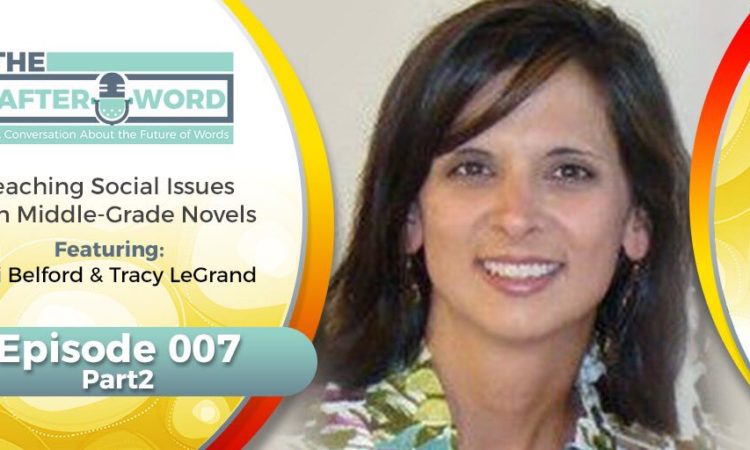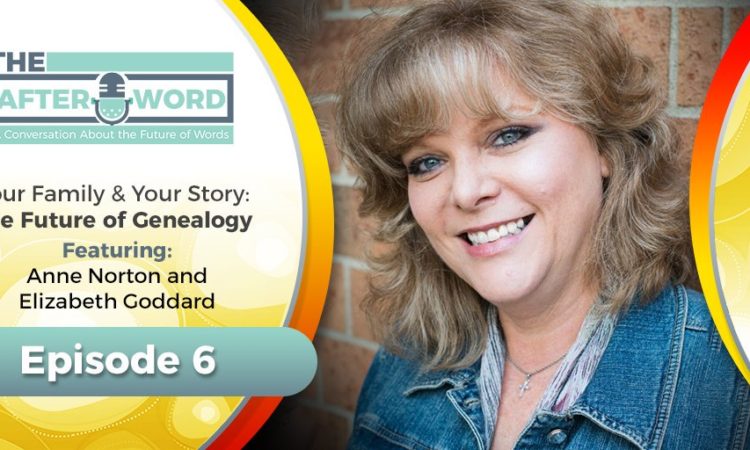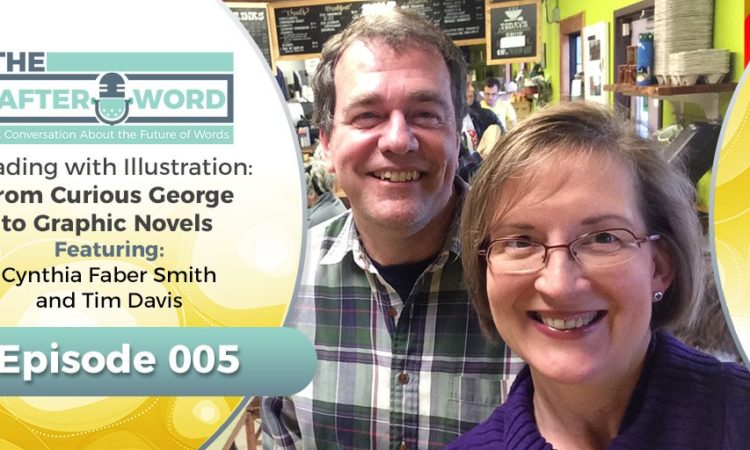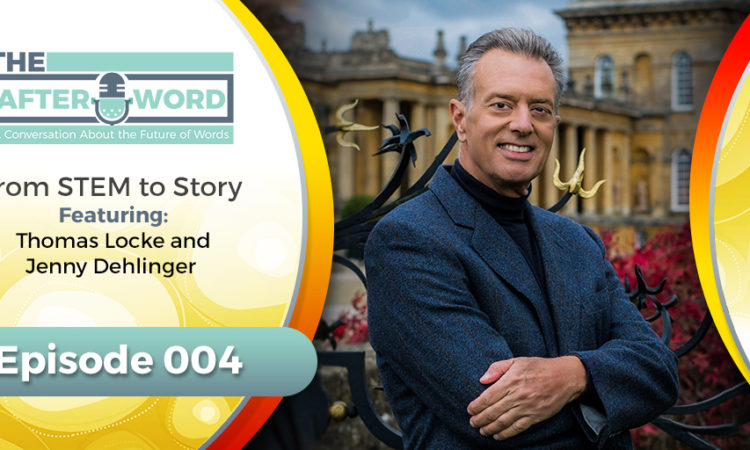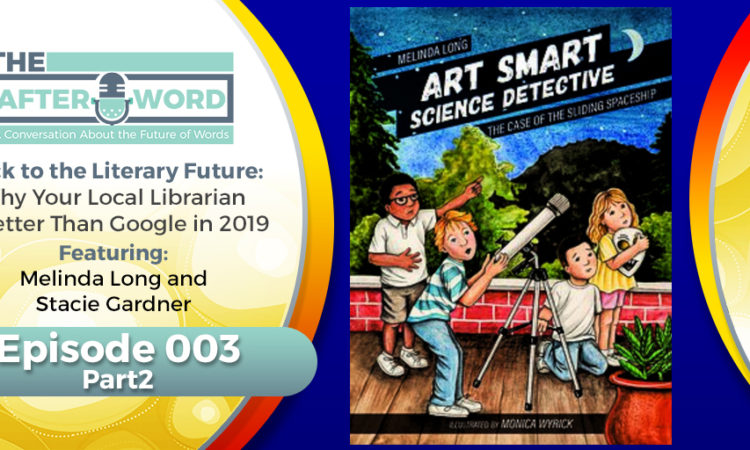How can teachers, parents, and librarians use fiction help children develop age-appropriate views of current social issues? Children’s books make up a $3 billion industry. But their influence? Maybe incalculable. To talk about using middle-grade novels to teach about social issues, we invited Tracy LeGrand and Bibi Belford to join …
